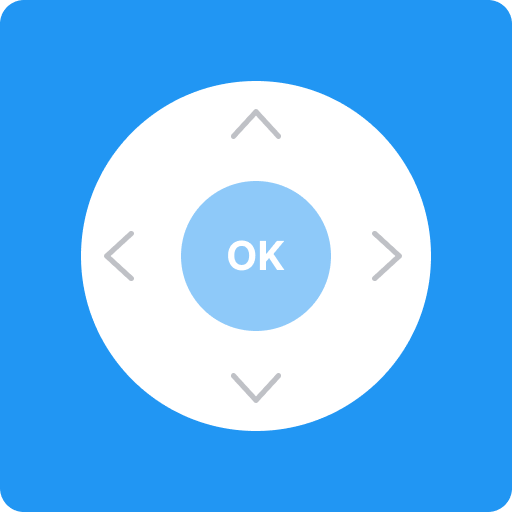What Are The Ways To Connect To Your Desktops Remotely?
Description of What Are The Ways To Connect To Your Desktops Remotely?
How to continue to access company data and applications when working remotely? While it is easy to leave with your business laptop under your arm, it will be harder to bring the business server with you. Remote access is then necessary.
With the corona virus crisis, companies have discovered the joys and sorrows of teleworking. Convinced by its benefits, some plan to make it sustainable. But there remains a key issue: that of remote access to the work environment of employees.
TeamViewer is one of the best known tools for accessing a PC remotely. A solution whose limits are however, important for those who do not wish to spend the 29.90 Euros per month per user must have a TeamViewer session.
For a workstation: the Windows 10 remote desktop
Windows 10 Professional offers a remote desktop feature by default which can be enabled in the system settings. Any Windows PC (including Home Edition) can connect to it. And the features are advanced, with the possibility for example of outputting documents to a local printer.
Problem: when a residential PC tries to connect to one of the office computers, the connection is blocked by the company's internet box, which by default prohibits any incoming connection. It is therefore necessary to create a rule in the firewall of the box, responsible for redirecting the traffic intended for the remote desktop service to the PC concerned.
For several workstations: Windows Server RDP CALs
The Windows 10 remote desktop is a viable solution, but limited: except to use certain tricks and to multiply the holes in the firewall of the box, it will in fact only be possible to access one of the PCs of the company through this.The solution is to consolidate all of the company's desktop environments into a single server. It will of course be necessary to adapt the power of the server accordingly and add as many client access licenses to remote desktop services (RDP CALs) as there are users (per user) or terminals (per device).
PCs installed in offices - which will only be used to connect to this remote environment - will not require significant dedicated resources and can even be replaced by thin clients, which are easier to administer. Good point, a single access rule registered in the company box will allow all employees to enjoy remote access to the server, and therefore to their work environment.
Note that other solutions from Citrix or VMware will also be able to provide you with advanced remote desktop features.
Cloud and VPN as back-up
One of the other ways to facilitate remote access is the cloud. If you have Gmail or Outlook accounts within your organization, you will have noticed that they remain accessible outside of the company's walls. The same will apply with other cloud applications: an ERP in cloud mode will therefore be accessible from anywhere in the world. Opting for the cloud is therefore also opting for easy access to applications.Another possibility is to develop the company's business applications in the form of web services: they can then be deployed on a web server taken from a host, in order to become accessible worldwide. And if you prefer to opt for a strictly private web server, a VPN will allow your employees to connect to the company network in order to access applications on your intranet.
Finally, don't forget that the workstation is also a telephone. The latest generation of IP telephony solutions allows the use of telephone lines from any location, through the installation of dedicated software (a soft phone) compatible with computers as well as tablets and smartphones.
Recent APPS
designkug.com © 2021 • About Us • DMCA Policy • Privacy Policy • Terms & Condition • Contact Us • Submit Apps














